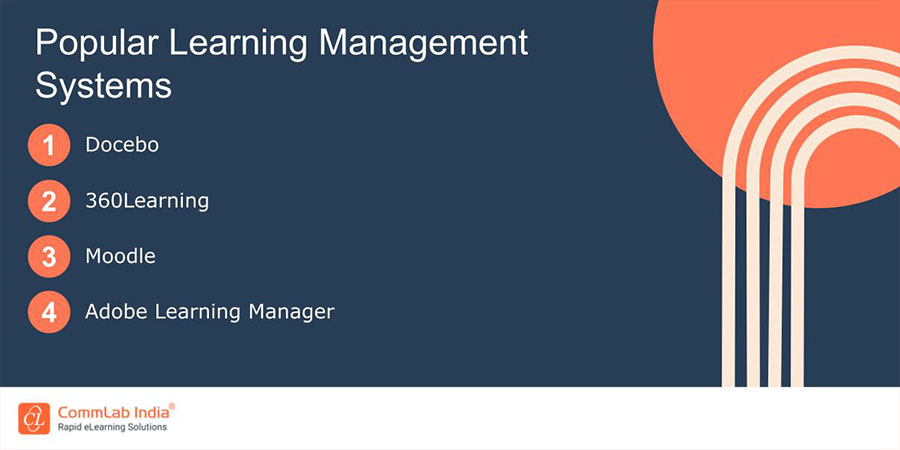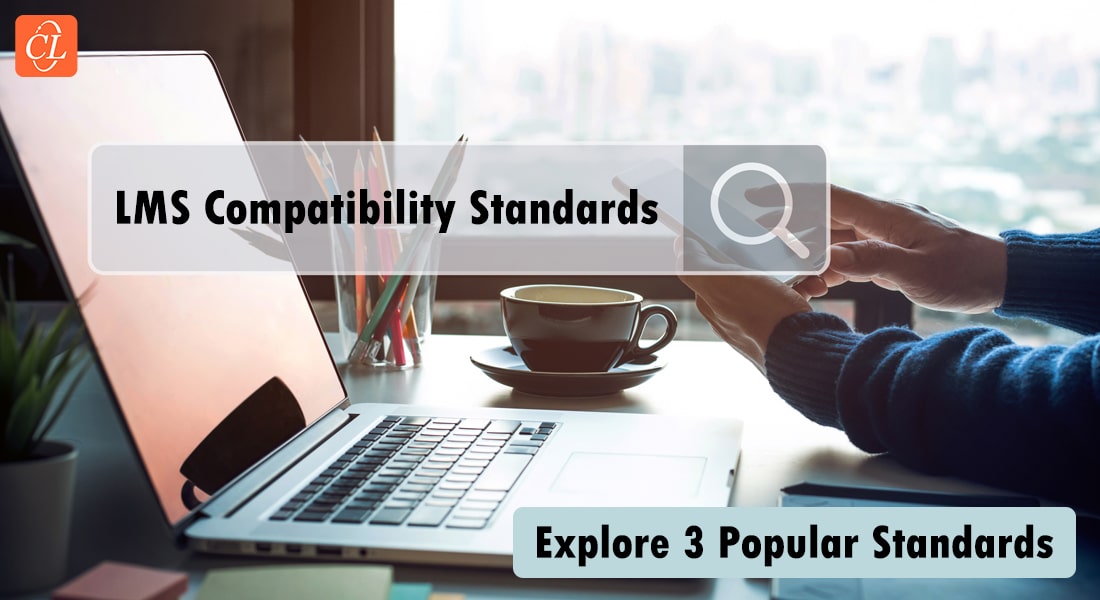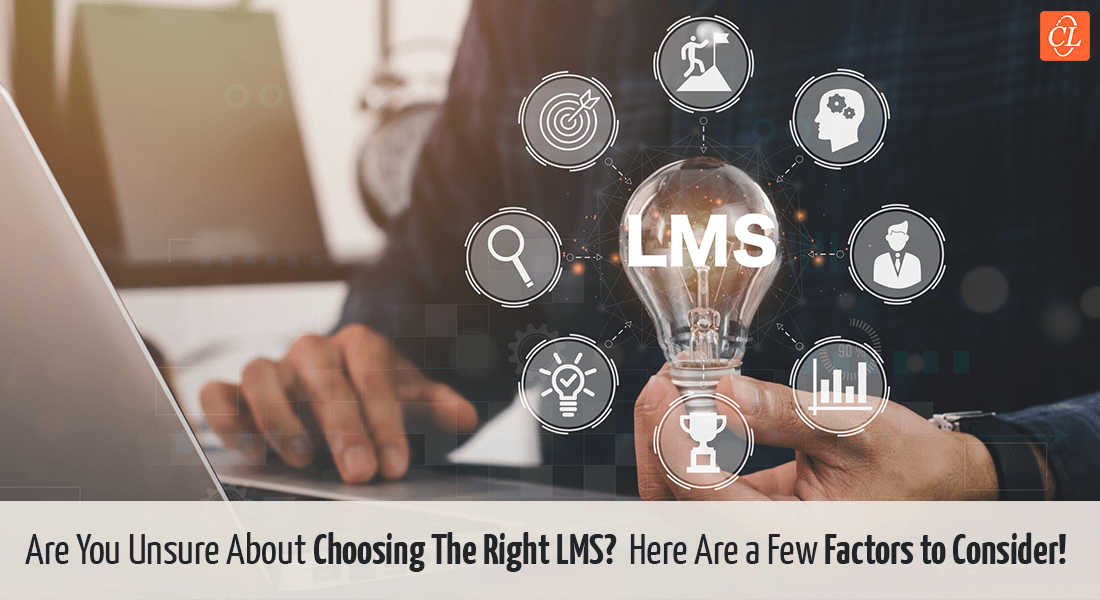What Should You Look for in an LMS for Customer Training?

In today's competitive landscape, empowering your customers with knowledge is no longer optional; it's a strategic imperative. A well-designed Learning Management System (LMS) can be your secret weapon for delivering engaging and effective customer training, leading to higher satisfaction, reduced support tickets, and increased brand loyalty. But with so many LMS options available, choosing the right one can feel overwhelming.
Trying to Find a Perfect LMS for Customer Training?
Here are a few features you should look for -
- Seamless content delivery and management
- Learning paths and personalization
- Integrations and scalability
- Branding and customization
- Security and compliance
This blog post equips you with the essential knowledge to navigate the LMS landscape and select the perfect tool for your customer training needs. We'll explore key features, considerations, and best practices to guide you toward making an informed decision.
Understanding Your Needs: The Crucial Role of Customer Training
In today's competitive landscape, customer expectations are higher than ever. They demand not only quality products and services but also the knowledge and skills to fully leverage their value. Before diving into features, prioritize clarifying your training goals and target audience. Are you onboarding new customers, providing product training , or offering advanced skill development? Knowing your audience's learning preferences and technical capabilities is crucial. This is where customer training steps in, playing a critical role in building successful and lasting customer relationships. Here are a few benefits of customer training.
- Enhanced Customer Satisfaction: By providing customers with the knowledge they need to effectively use your product or service, you empower them to achieve their desired outcomes. This leads to increased satisfaction, reduced frustration, and a more positive brand perception.
→ Download eBook Now: LMS for Extended Learning Enterprise
- Improved Customer Retention: Customers who understand your offering are more likely to stay loyal and continue using it. Customer training can help reduce churn by equipping customers with the skills they need to overcome challenges and maximize the value they receive.
- Increased Brand Advocacy: When customers have a positive training experience and feel empowered by their knowledge, they become more likely to recommend your brand to others. This organic word-of-mouth marketing can be invaluable for driving new business.
- Reduced Support Costs: By equipping customers with self-service capabilities through training, you can reduce the burden on your support team. This frees up resources and allows your support staff to focus on more complex issues.
- Boosted Product Adoption and Sales: Effective training can help customers understand the full potential of your offering, leading to increased product adoption and even upselling opportunities.
Key LMS Features to Consider for Customer Training
1. Seamless Content Delivery and Management
- SCORM compliance: Ensure compatibility with existing eLearning modules and future content acquisition.
- Multiple content formats: Cater to diverse learning styles with text, video, audio, interactive elements, and gamification .
- Authoring tools: Allow internal content creation without relying solely on external developers. Here are a few features of authoring tools you need to know about.

2. Mobile Compatibility
- Today's learners are on-the-go. Seamless mobile access allows users to learn anytime, anywhere.
- Responsive design ensures optimal learning experience across devices (desktops, tablets, smartphones).
3. Learning Paths and Personalization
- Create customized learning journeys based on roles, needs, and progress.
- Suggest relevant courses and content based on individual learning behaviors.
- Allow learners to choose their own learning paths for increased engagement.
4. Reporting and Analytics
- Track learner progress, completion rates, and knowledge retention.
- Identify areas for improvement and measure the impact of your training programs.
- Generate reports to analyze learner engagement, satisfaction, and ROI.
5. Integrations and Scalability
- Integrate with your existing CRM, marketing automation, and analytics tools.
- Seamlessly integrate with third-party content libraries and eLearning authoring tools .
- Choose a platform that scales with your growing customer base and training needs.
6. Gamification and Engagement
- Gamification elements like points, badges, and leaderboards can boost motivation and participation. Check out this short video to understand more about gamification.
- Interactive quizzes, simulations, and collaborative activities enhance learning experiences.
- Encourage social learning through discussion forums and knowledge-sharing communities.
7. Branding and Customization
- Brand your LMS to match your company identity and create a familiar experience for customers.
- Customize the user interface and learning portal to align with your brand guidelines.
8. Security and Compliance
- Ensure the LMS complies with relevant data privacy regulations and security standards.
- Protect sensitive customer information with secure access controls and encryption.
Additional Considerations
- Pricing and Support: Compare plans, features, and support options to find the best value for your budget. Here are a few LMS platforms you can get started with -

- User Interface: An intuitive and user-friendly interface is crucial for learner adoption and engagement.
- Implementation and Training: Consider the support provided for platform implementation and user training.
Best Practices for Success
- Start with a pilot program: Test the LMS with a small group before full deployment.
- Develop engaging content: Invest in high-quality, relevant, and visually appealing content.
- Promote your training program: Encourage customer participation through various channels.
- Continuously analyze and improve: Use data insights to refine your training program and learner experience.
Empowering Customers, Driving Success
Choosing the right LMS can be transformative for your customer training initiatives. By considering your specific needs, focusing on key features, and implementing best practices, you can empower your customers with knowledge, foster deeper engagement, and ultimately drive business success. Here’s a free eBook for you to understand and learn more about utilizing an LMS for extended enterprise training.




![Buying an LMS? Here are 6 Things You Should Keep in Mind [Slideshare]](https://blog.commlabindia.com/hubfs/Imported_Blog_Media/lms-6-things-consider-before-buying-slideshare.jpg)
